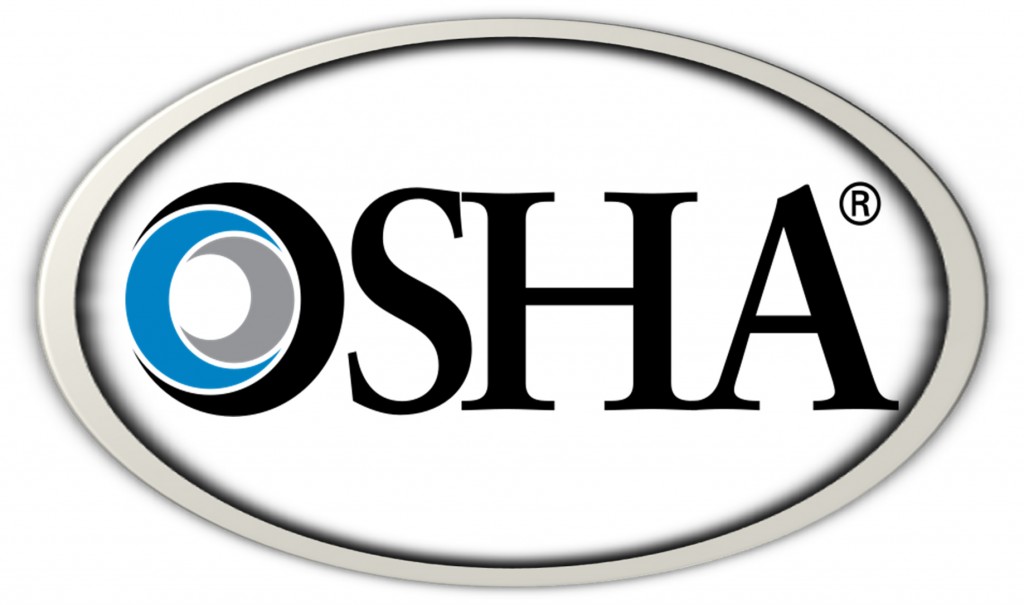OSHA announces new guidance for heath & safety programs
For years—decades really—OSHA has reinforced the same recommendations for programs to improve workplace safety and health. Twenty-seven years after the initial guidance, the agency has tweaked those recommendations. Keep reading to find out what’s changed and why it matters.
The new recommendations update OSHA’s 1989 safety and health program guidelines to reflect changes in the economy, workplaces, and evolving safety and health issues. OSHA says the guidance features a new, easier-to-use format and should be especially beneficial to smaller businesses. Also new is a section on multiemployer workplaces, and more emphasis on continuous improvement. Supporting tools and resources are included in the guidance document.
OSHA emphasizes that the program recommendations are not prescriptive. Rather, they are built around a set of processes that can be implemented at workplaces in any industry. The agency says it has seen the guidance successfully applied in manufacturing, construction, health care, technology, retail, services, higher education, and government.
Observed Assistant Secretary of Labor for Occupational Safety and Health David Michaels, PhD, “Since OSHA’s original guidelines were published more than 25 year ago, employers and employees have gained a lot of experience in how to use safety and health programs to systematically prevent injuries and illnesses in the workplace. We know that working together to implement these programs will help prevent injuries and illnesses, and also make businesses more sustainable.”
New guidance lists 7 core elements
OSHA explains that the recommended practices use a proactive approach to maintaining workplace safety and health. Traditional approaches are often reactive—that is, they address problems only after a worker is injured or becomes ill, a new standard is published, or an inspection identifies a problem. The document describes seven core elements for a successful safety and health program:
- Management leadership.
- Worker participation.
- Hazard identification and assessment.
- Hazard prevention and control.
- Education and training.
- Program evaluation and improvement.
- Communication and coordination for host employers, contractors, and staffing agencies.
OSHA maintains that implementing the recommended practices—including starting with a basic program and simple goals and growing from there—will help organizations achieve higher levels of safety and health achievement. As for the business reasons to support safety, OSHA says OSH programs help organizations:
- Prevent workplace injuries and illnesses.
- Improve compliance with laws and regulations.
- Reduce costs, including significant reductions in workers’ compensation premiums.
- Engage workers.
- Enhance social responsibility goals.
- Increase productivity and enhance overall business operations.
Employers should note that the recommendations are advisory and do not create any new legal requirements. Review the document at https://www.osha.gov/shpguidelines/index.html. It also includes case studies, tools, and tips for launching a program.


